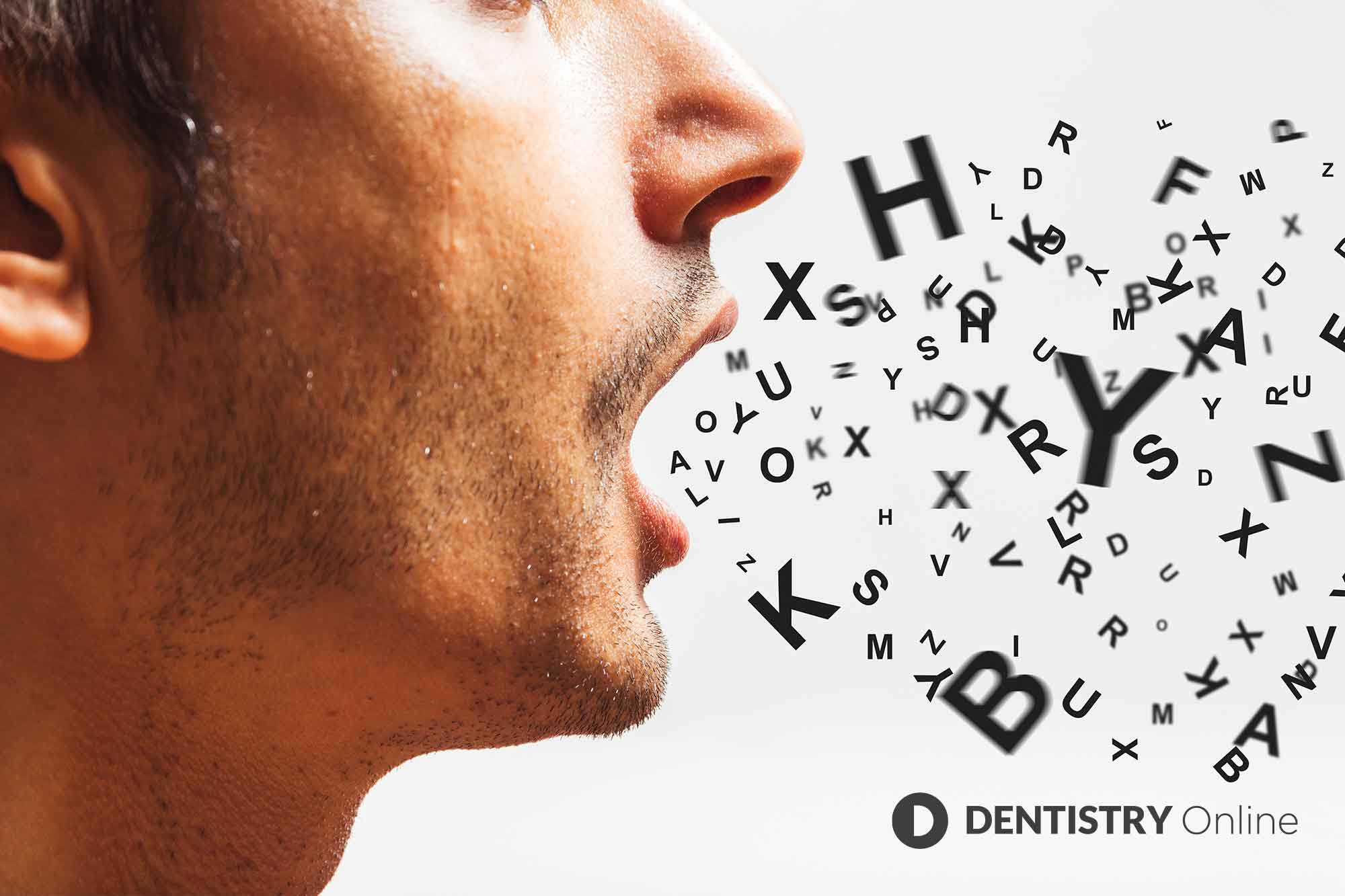 Jane Lelean explains how your linguistic patterns could be stifling your success.
Jane Lelean explains how your linguistic patterns could be stifling your success.
People approach me for coaching for many reasons. Often, it is to support and empower them as they achieve their goals.
For some, they have set new, audacious, goals that they would like support and accountability, so their dreams become a reality. Others frustratingly keep failing to achieve a vision they’ve had for long while. While for others, they don’t know what they do want – they feel lost and want assistance in achieving clarity and a plan.
As a coach, I do not tell people what to do – that is the role of a consultant. As a coach, I partner with my clients, creating a safe space, giving them time to think, reflect and plan, so they can discover their answers – solutions that are unique and specific to them.
It is useful to think about working with a coach as a partnership, where your success is the goal.
Power work
I think the model of Johari’s window (Figure 1) is a simple explanation about how a coach works and why it is so powerful.
Imagine a window with four windowpanes, each pane represents behaviours, information, thoughts beliefs, linguistics etc that is either:
- Known to self and known to others – open
- Known to self and unknown to others – hidden
- Unknown to self and known to others – blind spot
- Unknown to self and unknown to others – unknown.
Psychology and experience inform us that those people for whom the open area is larger are mentally fitter, more resilient, more able to be flexible. They are more able to cope and are more likely to be successful.
Working with a coach enables you to discover and share more about yourself in a safe, nurturing environment.
A love of linguistics
Many of my clients have disempowering linguistic patterns that they are completely unaware of. However, when they become conscious of them, it completely changes their experience, potential and results.
A very common disempowering linguistic pattern is the use of the pronoun ‘you’ to describe a personal experience. For example:
- ‘You know when you speak to your boss about changing materials, they always get angry’
- ‘You need to get an MSc if you want to become a specialist’
- ‘You never get a straight answer from a GMP’.
A client described their own personal statement in each one of these statements.
I invited each of them to repeat the sentences, changing the pronoun and paying attention to how they responded differently to the statement:
- ‘When I speak to my boss about changing materials, (s)he always gets angry’
- ‘I need to get an MSc if I want to become a specialist’
- ‘I never get a straight answer from a GMP’. What do you notice changes when the pronoun is changed?
Take ownership
Simply by changing ‘you’ to ‘I’, each of my clients noticed that they felt they had more engagement, influence, and empowerment with the situation.
Various clients reported that using the word ‘you’ felt like they were separated, disconnected from the situation, or that their problem was being given away with the expectation that someone else could/would resolve it. They had little influence, if any.
Conversely, when using ‘I’, clients reported they are more connected with the situation. They have ownership and could take responsibility and actions that would take them closer to achieving their desired outcomes. Using ‘I’ gave them more power and influence.
The use of ‘you’ when ‘I’ was more appropriate had been in my client’s blind spot. They were unaware of their use of this common, disempowering linguistic pattern and the impact it was having. Now it is in the open pane; they are conscious and mindful of how language can serve or sabotage achieving their goals.
They are in control and have a choice about how they describe their situation, and how they are able to influence outcomes.
I invite you to notice if and when you use the pronoun ‘you’ when describing a personal experience and what changes when you exchange it for ‘I’, ‘me’ or ‘my’.
What becomes possible as a result?
If you would like to explore linguistic patterns further, contact Jane on 07989 757 884 or email [email protected].
This article first appeared in Dentistry magazine. You can read the latest issue here.


